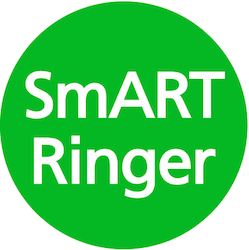 Everyone learns in different ways and what one ringer finds useful might make no sense to another. For this reason it’s always useful to have a variety of visual aids which may help demonstrate concepts in ringing which are not always easy to explain.
Everyone learns in different ways and what one ringer finds useful might make no sense to another. For this reason it’s always useful to have a variety of visual aids which may help demonstrate concepts in ringing which are not always easy to explain.
Before you start though, think about these things:
- How do YOU learn? What kind of visual aid might have helped you?
- Which bits of ringing did you struggle with, and what was the catalyst for overcoming your difficulty? Could your own experience be used to make a useful visual aid?
Understanding exactly where people experience difficulties will help you to make a more useful aid.
Some Suggestions
- Flash cards to understand ringing jargon.
- ‘Ringing jigsaw’ – different pieces of work drawn separately then joined up to make the whole method.
- Magnetic board with coloured magnets to demonstrate place changing in call changes or to show rows of changes, or a nail board with regular rows of nails to represent bell positions. Tie a length of coloured wool or string to each nail and use the wool to show the path of each bell through the method.
- Large drawing of a bell with detachable cards naming each part.
- More ambitiously, a simple model to show how the different parts of a bell move while it is being rung.
- For an even bigger project, install CCTV with a camera trained on a single bell so you can show how a bell is raised/lowered/rung while it’s actually happening.
- If you’re training people using an online course, consider writing PowerPoints, making a video or providing a webinar with slides.
Completed one of your 50 things?
If you’ve completed one of the 50 Ringing Things, tell us all about it via Facebook or write a blog!


